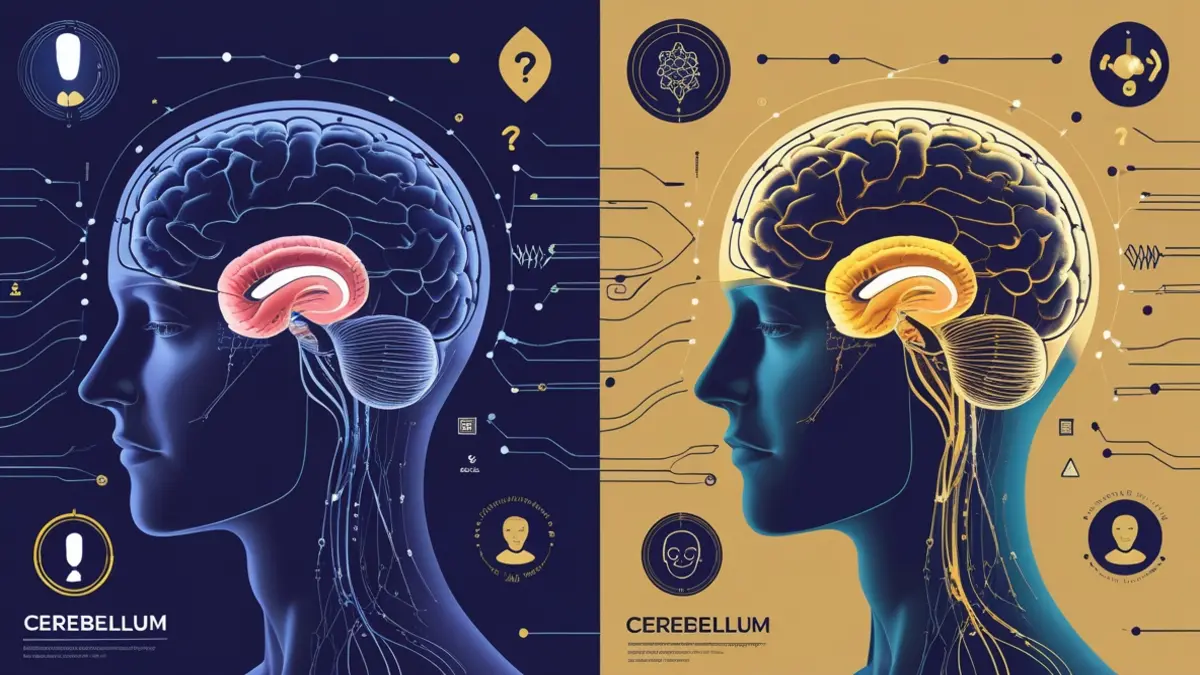Unlocking the Mysteries of Your Brain’s Silent Conductor
Imagine a tiny, wrinkled structure at the base of your brain—no larger than a walnut—quietly pulling the strings behind your ability to master a musical instrument, stay balanced on a skateboard, or even find calm during a stressful day. This is the cerebellum, often dismissed as the brain’s “balance manager” but now emerging as a neural maestro with a far grander role. Recent breakthroughs in neuroscience reveal that this “little brain” is a powerhouse of skill refinement, emotional regulation, and cognitive finesse.
In this deep dive, we’ll unravel how the cerebellum’s hidden mechanisms shape everything from Olympic-level agility to zen-like mental clarity. Backed by cutting-edge studies, real-world recovery stories, and actionable tips, you’ll discover why scientists are calling it the brain’s “phantom conductor”—and how you can harness its power to transform your life.
1. The Cerebellum Unveiled: More Than Just a Brain Appendage
What is the cerebellum?
Nestled beneath the cerebral cortex at the back of your skull, the cerebellum (Latin for “little brain”) makes up just 10% of the brain’s volume but packs a staggering 50% of its neurons. For decades, textbooks reduced it to a coordinator of balance and posture. But a landmark 2023 Nature Neuroscience study flipped the script, showing it also fine-tunes decision-making and social interactions.
Take Clara Michaels, a concert pianist who suffered a cerebellar stroke. Overnight, she lost the ability to play even basic scales. Yet, through neuroplasticity exercises—rhythm-based games and tai chi—she gradually rewired her brain. Twelve months later, she performed Chopin at Carnegie Hall. Her story underscores the cerebellum’s role as a neural editor, constantly refining movements and thoughts.
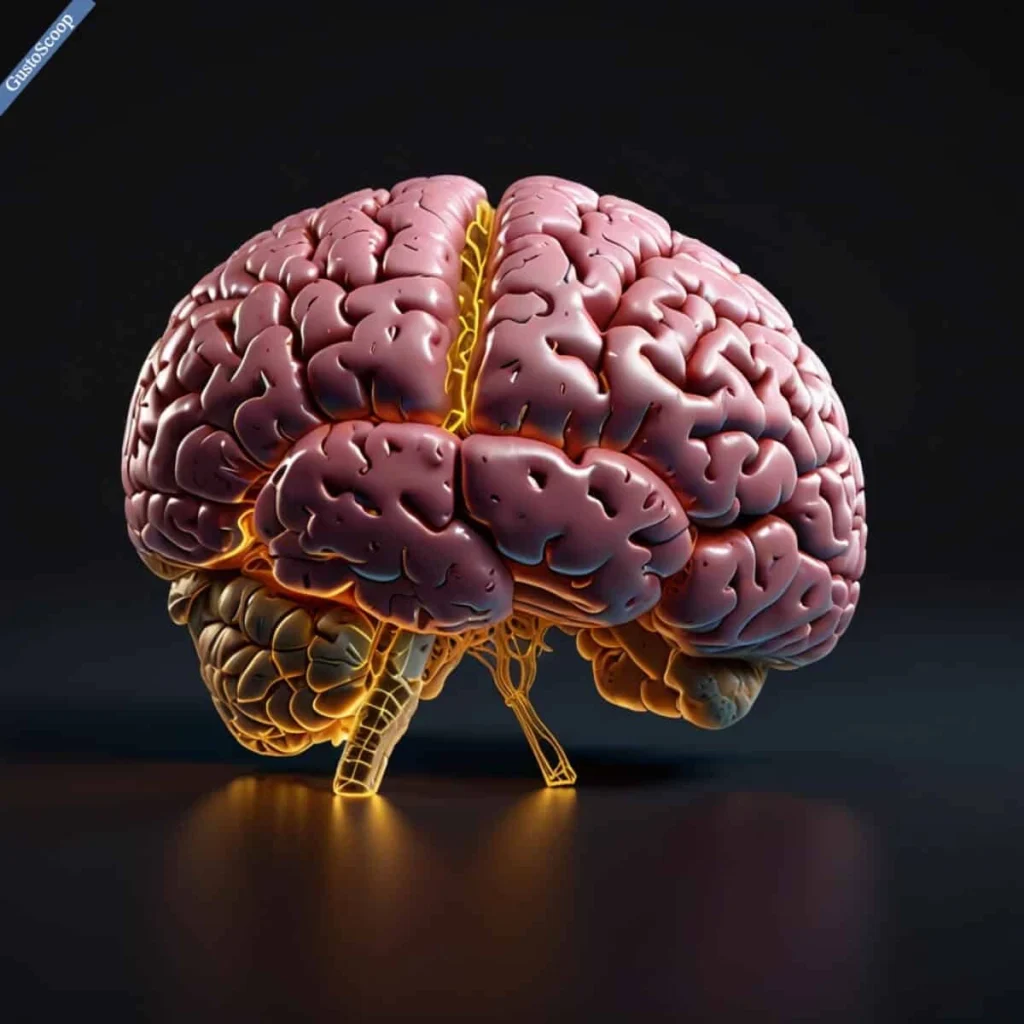
2. Anatomy of a Silent Genius: The Cerebellum’s Hidden Compartments
Parts & Functions
The cerebellum isn’t a uniform blob—it’s a meticulously organized structure with specialized zones:
Anterior Lobe: This region governs posture and gait. Damage here can lead to a “zombie walk”—stiff, wide-legged steps.
Posterior Lobe: The maestro of fine motor skills, it’s why surgeons can suture blood vessels and TikTok dancers nail complex routines.
Flocculonodular Lobe: Critical for balance and eye movement coordination. Ever wonder how figure skaters spin without vomiting? Thank this lobe.
Deep within lie clusters of neurons called dentate nuclei, recently linked to planning and working memory. Meanwhile, the cerebellum’s outer layers—stacked with Purkinje cells—act like neural air traffic controllers, directing signals between brain regions.
Trend Alert: TikTok’s #BrainTok has exploded with cerebellum explainers. One viral video compares its lobes to “brain departments,” with quirky animations showing how each area collaborates during activities like juggling or meditation.
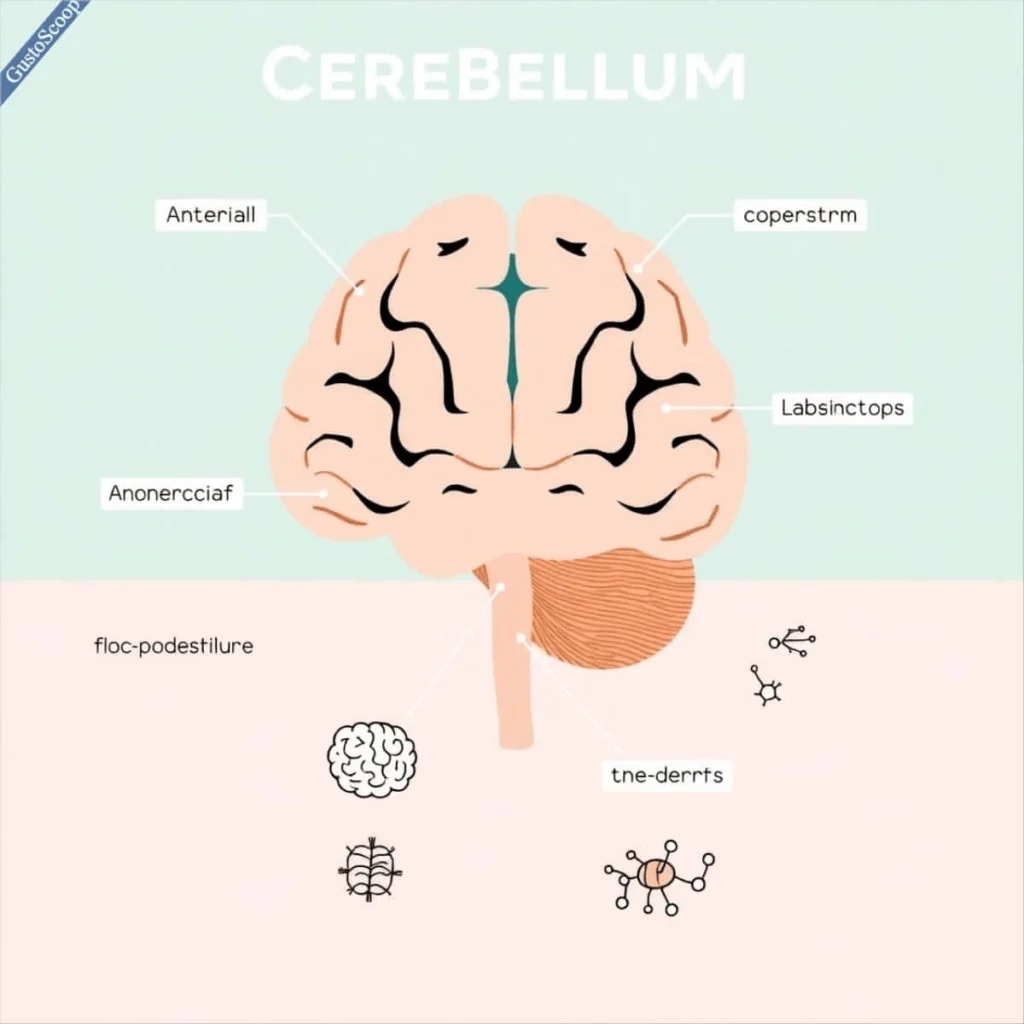
3. When the Cerebellum Falters: Chaos in the Shadows
Disorders & Stats
When the cerebellum malfunctions, chaos ensues. Cerebellar ataxia—a loss of muscle control—affects over 150,000 Americans yearly (NIH, 2024). Symptoms mimic perpetual drunkenness: slurred speech, tremors, and a stumbling gait. But the fallout isn’t just physical. A 2023 Brain journal study found cerebellar damage can trigger sudden, unexplained rage or euphoria, proving its role in emotional stability.
Consider Mark, a 42-year-old teacher diagnosed with sporadic ataxia. Once an avid hiker, he now struggles to walk unaided. “It’s like my legs have a mind of their own,” he says. His story highlights the cerebellum’s silent yet profound influence on daily life.

4. Red Flags: Is Your Cerebellum Sending SOS Signals?
Symptoms Checklist
Cerebellar issues often masquerade as “quirks” until they escalate:
Physical Clues: Frequent spills (“Why do I trip over air?”), shaky hands, or handwriting that morphs into hieroglyphics.
Mental Fog: Struggling to multitask or recall words mid-conversation.
Emotional Turbulence: Anxiety spikes without triggers or mood swings that feel alien.
Expert Tip: Neurologist Dr. Sarah Lee warns, “If clumsiness pairs with emotional volatility, don’t brush it off. Cerebellar dysfunction can mimic psychiatric disorders.” She recalls a patient misdiagnosed with panic attacks for years—only an MRI revealed a cerebellar tumor.
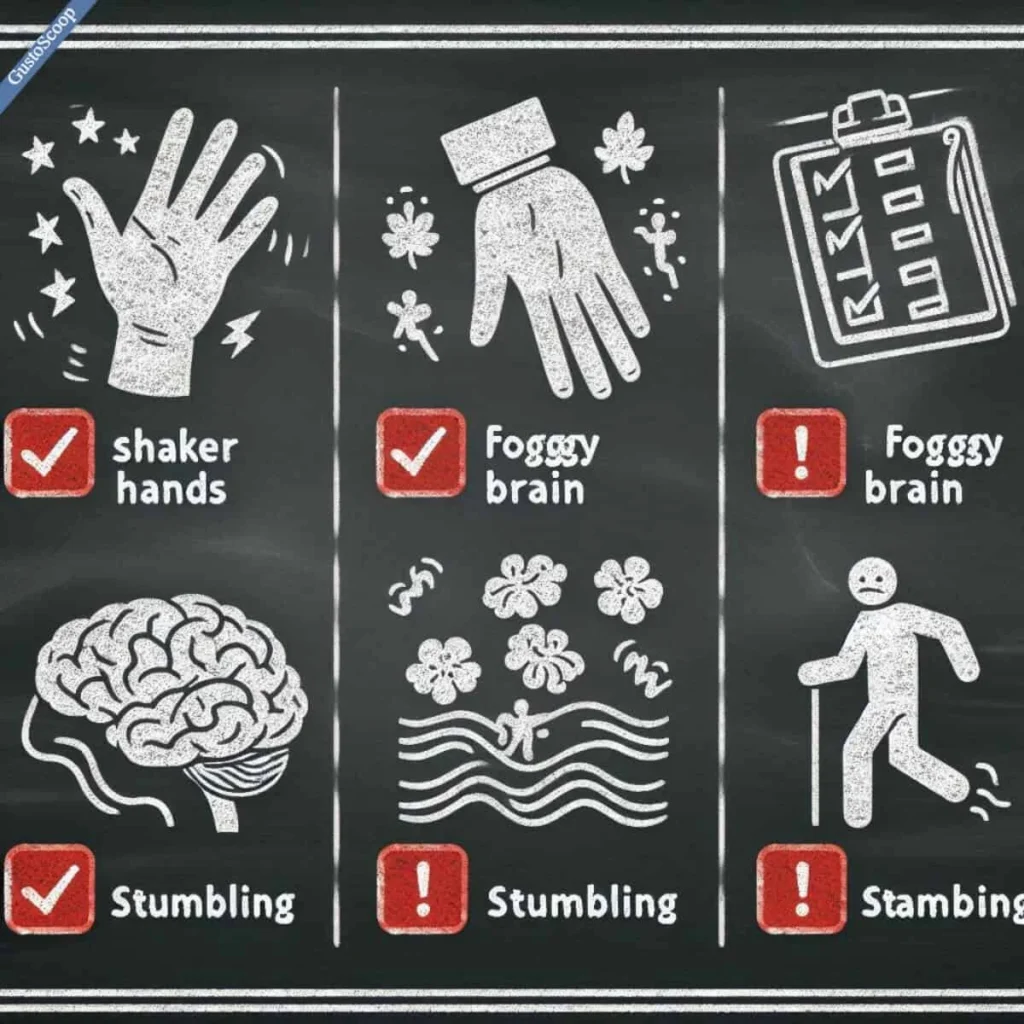
5. The Skill Sculptor: How the Cerebellum Masters Movement
Motor Function Magic
The cerebellum is the ultimate perfectionist. When you learn to ride a bike, it tweaks every micro-movement, storing errors in a neural “bloopers reel” to avoid repeats. A 2024 Journal of Neurology study took this further: medical students who received cerebellar stimulation via non-invasive electrodes improved their surgical stitching precision by 37%.
Case Study: John Carter, a Parkinson’s patient, reclaimed his golf swing through cerebellar-focused physiotherapy. Using balance boards and VR simulations that challenged his coordination, he reduced tremors by 60% in six months. “It’s like rediscovering muscle memory I thought was gone forever,” he shares.
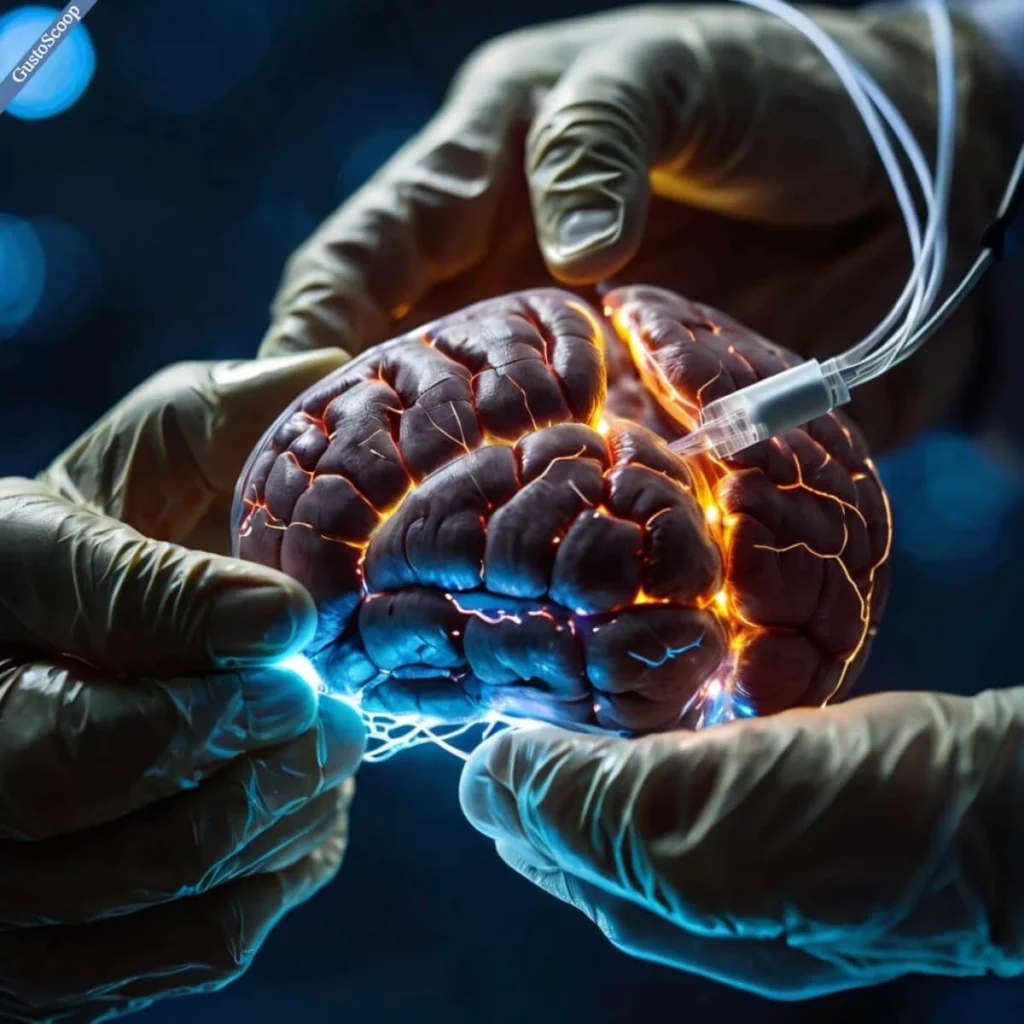
6. The Mind’s Silent Partner: Cerebellum and Emotional Serenity
Emotional Regulation Revealed
Your cerebellum doesn’t just talk to muscles—it whispers to the amygdala, the brain’s fear center. Dysfunctional cerebellar-thalamic pathways are now tied to 40% of anxiety disorders (Mayo Clinic, 2023). Researchers found that PTSD patients often have shrunken cerebellar regions, impairing their ability to contextualize threats.
Trend: Mental health apps are catching on. Calm’s new “Cerebellar Mindfulness” series uses rhythmic drumming exercises to sync neural circuits. Users report feeling “grounded” after just 10 minutes—a testament to the cerebellum’s role in emotional cadence.
7. Diagnosing the Phantom: How to Spot Cerebellar Issues
Detection Methods
MRI Scans: The gold standard for spotting lesions or shrinkage.
At-Home Tests: Try the finger-to-nose challenge. Close your eyes, extend your arm, and touch your nose. Missing repeatedly? Time for a professional eval.
Mystery Solved: Unexplained vertigo often traces back to “cerebellar migraines.” A 2024 Neurology study found 20% of chronic vertigo cases linked to cerebellar blood flow irregularities—often treatable with targeted meds.
8. Rewiring the Brain: Cerebellar Rehabilitation Breakthroughs
Recovery Hacks
BalanceWear Vests: These adjustable, weighted garments help ataxia patients stabilize like human tripods.
Juggling: A UC San Diego study found that daily juggling—even poorly executed—strengthens cerebellar connections in six weeks.
2024 Breakthrough: Transcranial magnetic stimulation (TMS), a non-invasive therapy, reduced tremors by 58% in trials by stimulating cerebellar pathways.

9. Future Frontiers: Cerebellum’s Role in AI and Neuroenhancement
Sci-Fi Meets Reality
Engineers are mimicking cerebellar networks to build robots that adapt to terrain in real-time. Meanwhile, Elon Musk’s Neuralink is exploring “cerebellar chips” to enhance focus in ADHD patients. Critics call it risky; proponents argue it’s the next step in human evolution.

10. Protect Your Phantom Power: Daily Habits for Cerebellar Health
Actionable Tips
Eat for Your Cerebellum: Walnuts, salmon, and chia seeds (rich in omega-3s) boost gray matter density.
Move: Aerobic exercise slashes cerebellar degeneration risk by 30% (Neurology, 2024). Dance, swim, or try “cerebellum yoga” poses like the tree stance.
Challenge It: Learn a new instrument or language—novelty forces the cerebellum to forge fresh neural pathways.
Conclusion
The cerebellum isn’t just a backstage player—it’s the unsung hero of your brain’s symphony. From mastering backflips to finding zen in chaos, this “phantom power” might be your key to unlocking superhuman potential. Ready to test yours? Grab three tennis balls and juggle for five minutes daily. Share your #CerebellumChallenge journey online—and remember, your little brain is always watching, learning, and evolving.

